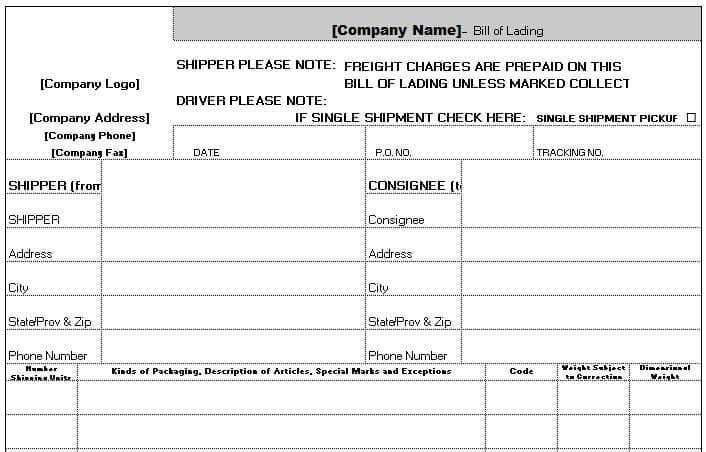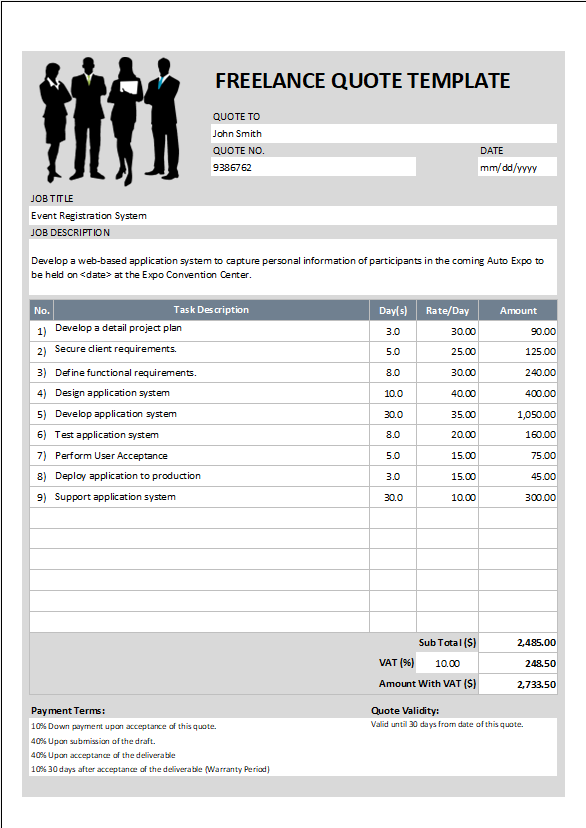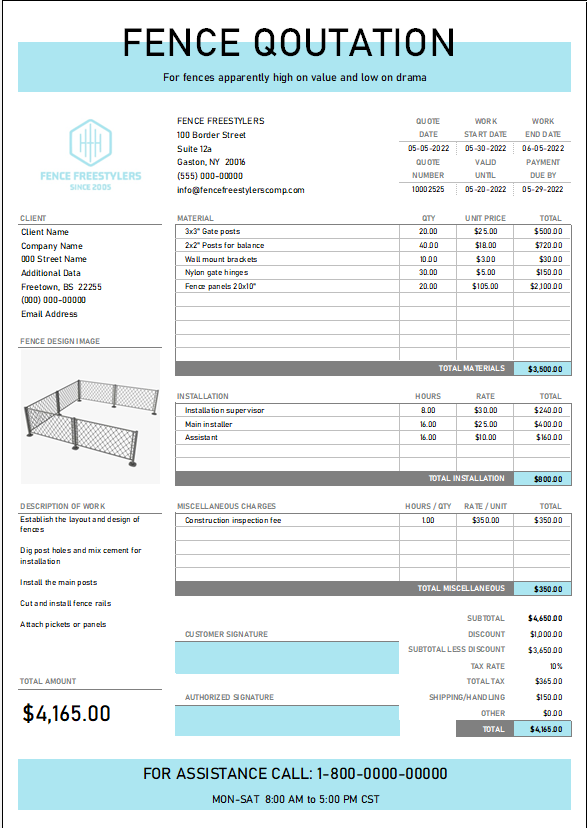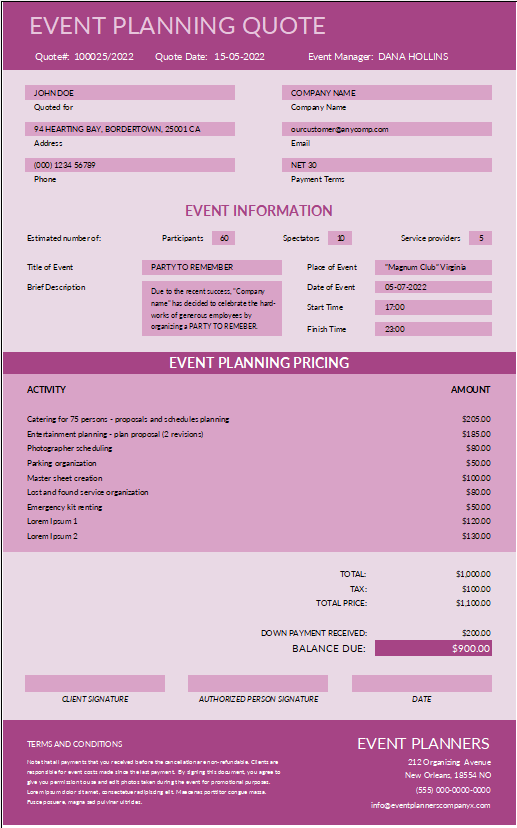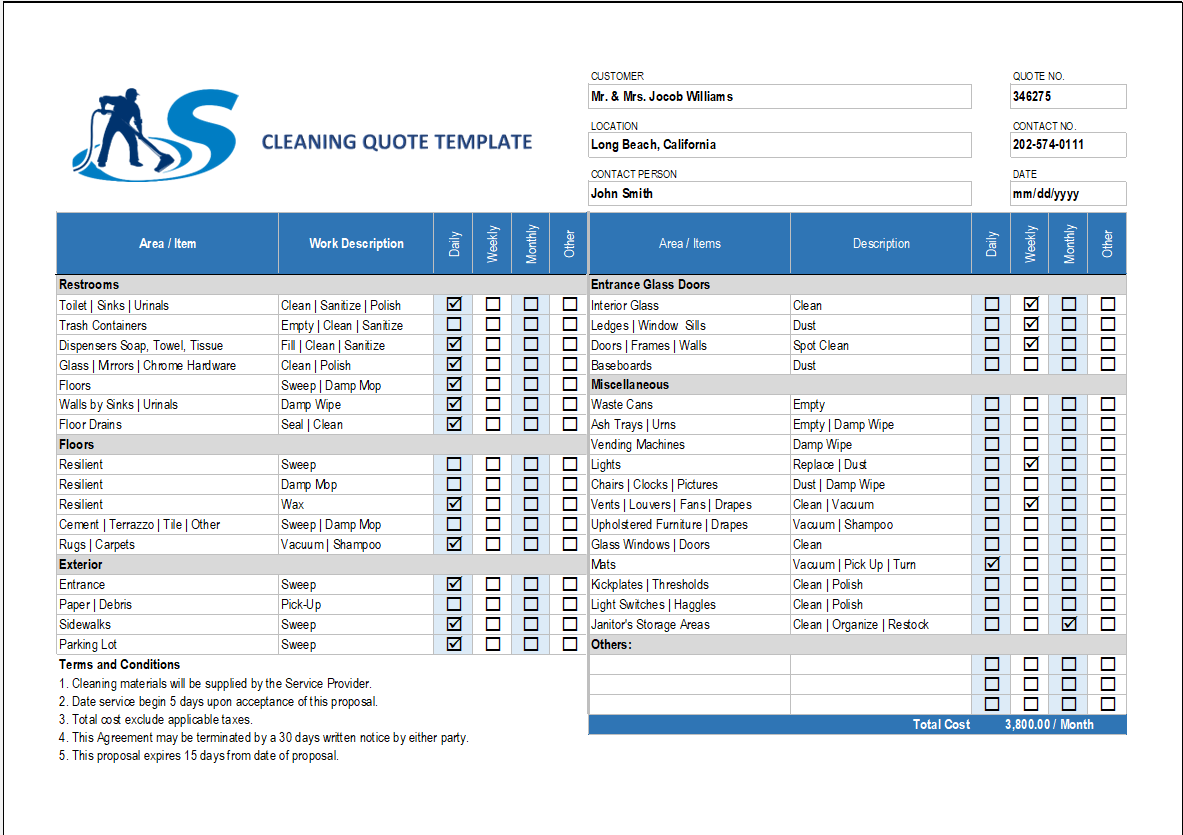A bill of lading is document detailing how goods are ship from a seller to a party. It includes details about items to ship, the quantity of items included in the shipment, and the destination address. Use bill of lading template to ensure you complete this document for each shipping transaction. Moreover, This template includes a signature section that should be signed by you, then the shipping company, and finally the recipient. So that if the shipment is lost, the signature detail will help identify at what point it was lost and who was liable.
Bill of Lading Meaning
The logistics industry is like its own world, with its own language and customs that, to someone entering for the first time, can feel confusing or alienating. Also, Among the language you may be encountering if you’re new to logistics is the term ‘Bill of Lading’. Thus, It is one of the many important shipping documents you’ll find as you begin to move your cargo around the world and enter international trade.
House Bill of Lading
Moreover, A Bill of Lading is a legal document that has a few important functions in shipping and logistics. So, It is firstly a contract between the shipper, carrier and consignee. It states what goods are being shipped, where the shipment is coming from and where it’s headed to.
Now if you’re new to logistics, terms like shipper, carrier and consignee can be confusing – so let’s clear it up:
-
The shipper – Is responsible for packing and preparing the shipment for transportation. This might be your supplier, or your own warehouse/manufacturer.
-
The carrier – Is the party that moves the cargo. So, through Twill this would be our colleagues at Maersk – or any shipping line, haulage company or airline that carries your cargo.
-
Consignee – Is the party designate to receive the shipment. Again, depending on what you’re shipping this could be your company, or a manufacturer who uses parts you’re shipping.
Lading Meaning
The Bill of Lading is only issue after vessel departure from the Port of Loading. Also the customer has provided us with all the details. It includes the shipper, consignee, notify party, commodity, weight, cargo description, etc. It also serves as a receipt, i.e., an acknowledgement. So, that the goods are load (not where the cargo is) and contains or evidences the terms of the contract of carriage.

